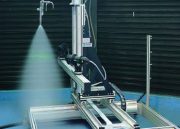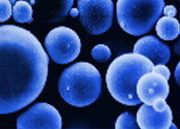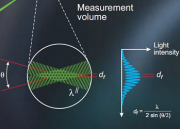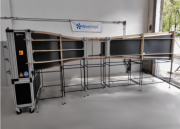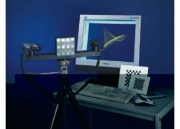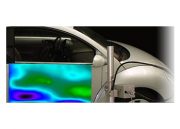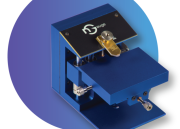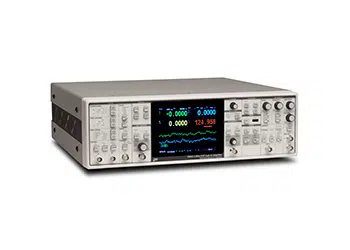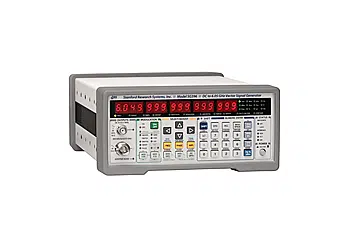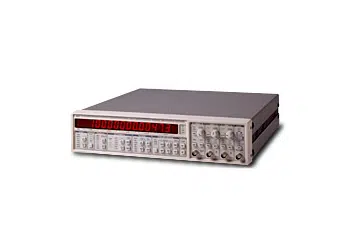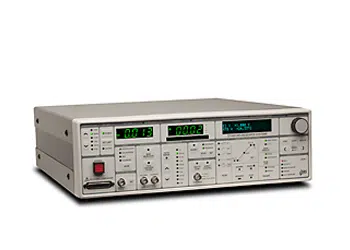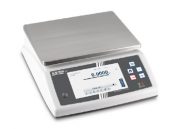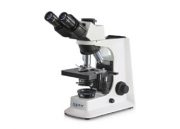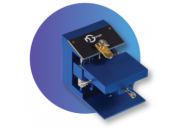Aurora TX
Aurora TX
Gain more insights into your samples with secondary structure characterization
Aurora TX enables secondary structure characterization of a wide range of biomolecules including RNA, LNPs, proteins, peptides, antibodies, ADCs, and AAVs by measuring change in stability due to buffer, pH, formulation, stress, point mutations, binding, and storage time/conditions.
By incorporating Aurora TX into your suite of analytical tools, you will add the value of monitoring stability, structure, similarity, concentration and intermolecular aggregation – all measured from a single automated run, with only one drop of sample and analysed with a simple, state-of-the-art spectral analysis engine.
Save time and money by collecting structural data under experimentally/therapeutically relevant conditions; no need to buffer exchange or dilute prior to measuring.
Aurora TX makes analyzing RNA structure easy, utilizing Microfluidic Modulation Spectroscopy (MMS) a nearly drift-free, background-compensated scan of the Amide I band (1700-1600 cm-1), typically used on proteins, but also ideal for nucleic acid characterization.
Thermal ramping applies stress in a repeatable and automated fashion to induce structural change and guide decision-making and candidate ranking, saving valuable R&D time.
The BENEFITS of measuring HIGHER ORDER STRUCTURE
- Track and maintain the critical relationship between structure and function
- Identify conditions and processes that introduce undesired structural changes or aggregation
- Test mechanistic hypotheses behind changes in activity and stability with structural information
- Publish sooner and finish projects on-time with high repeatability and sensitivity minimizing inconclusive results and reliance upon orthogonal techniques
Key Features and Benefits of Aurora TX
- Minimum quantities of precious samples are no longer a limitation
- 50 µL of sample is all you need for highly reproducible structural data
- broad dynamic range from 0.1 to 100 mg/ml
- Real-time buffer/background subtraction enables structural analysis under relevant conditions without the need for buffer exchange
- optional buffer station enhances throughput
- integrated Thermal Ramping
- high quality, reproducible results without the limitations of historical secondary structure tools like Circular Dichroism – CD or Fourier-Transform Infrared Spectroscopy – FTIR.
- Benchtop-friendly, space-saving design
- Walkaway automation with the convenience of a standard 96-well plate
- Automation from sample analysis to data processing safes time and reduces user error
- No spectroscopy expertise required to interpret results- delta software analyzes the data and provides meaningful conclusions
Sie sehen gerade einen Platzhalterinhalt von Google Maps. Um auf den eigentlichen Inhalt zuzugreifen, klicken Sie auf die Schaltfläche unten. Bitte beachten Sie, dass dabei Daten an Drittanbieter weitergegeben werden.
Mehr InformationenSie sehen gerade einen Platzhalterinhalt von Facebook. Um auf den eigentlichen Inhalt zuzugreifen, klicken Sie auf die Schaltfläche unten. Bitte beachten Sie, dass dabei Daten an Drittanbieter weitergegeben werden.
Mehr Informationen


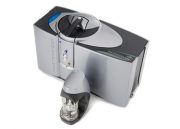

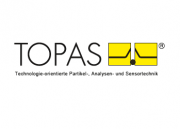
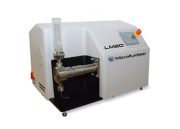
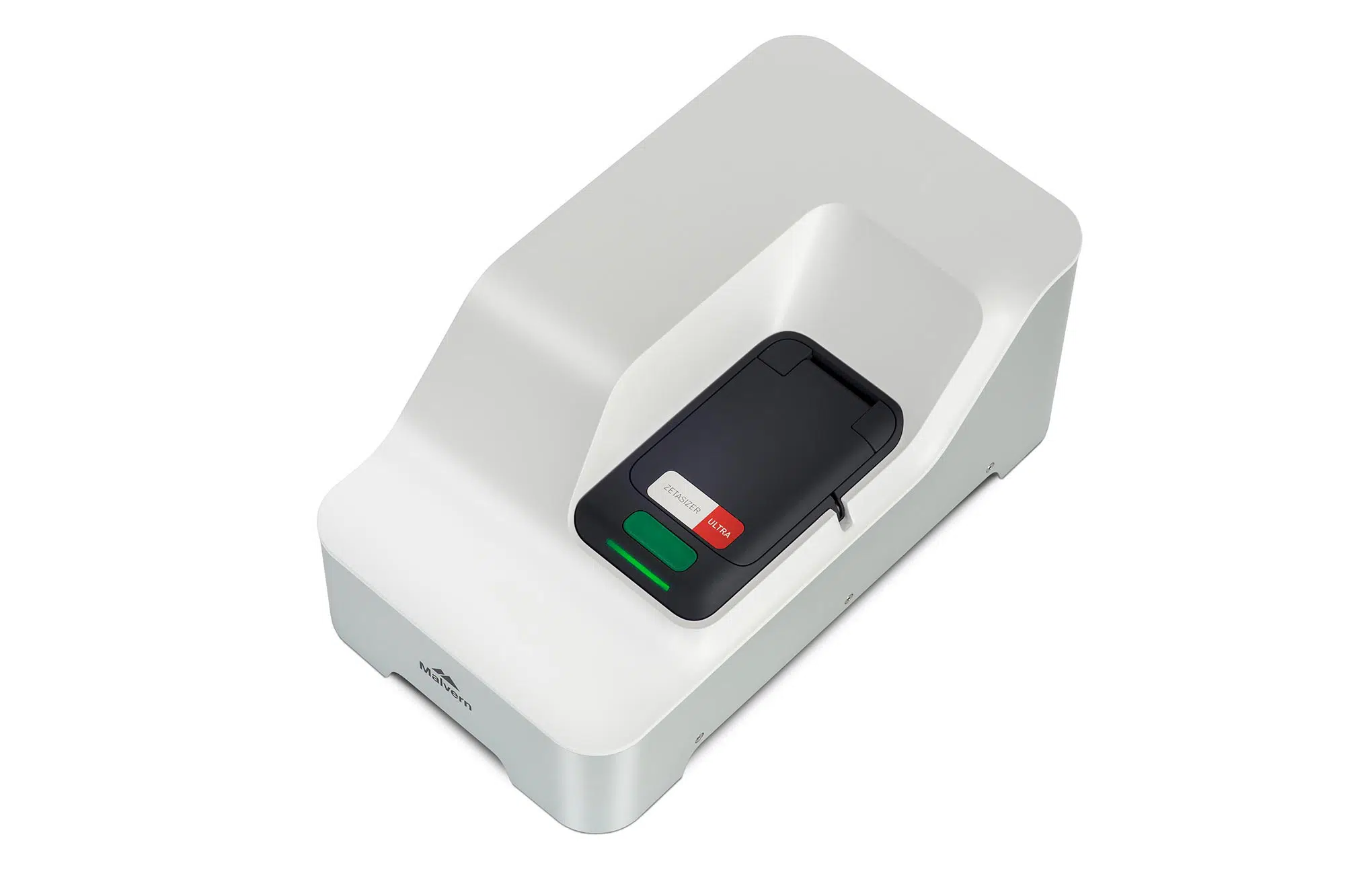
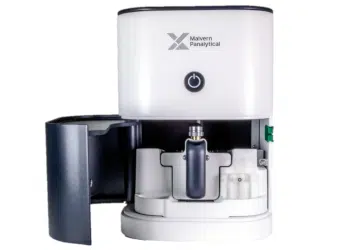

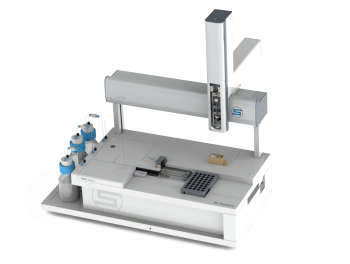
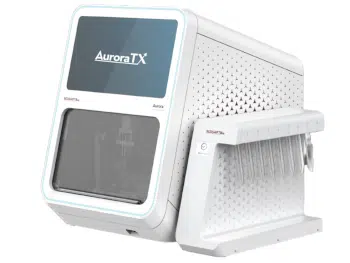
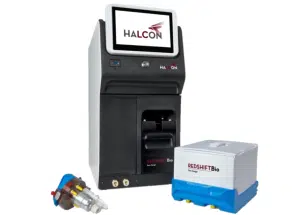
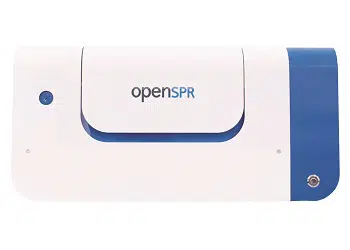
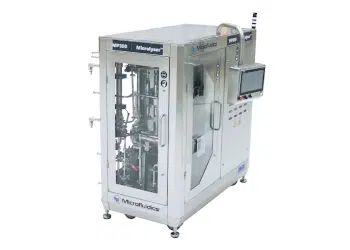
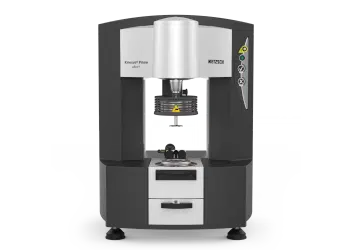
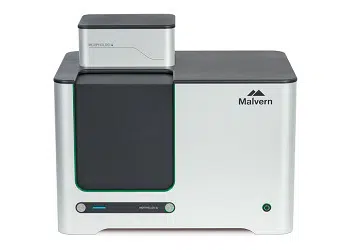
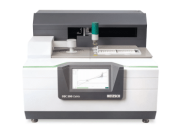
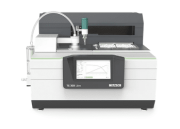
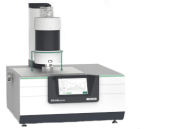
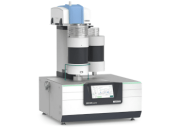
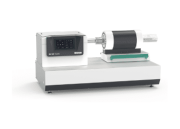
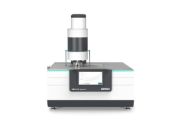
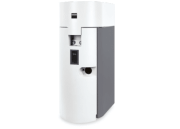
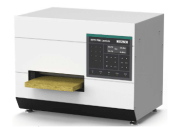
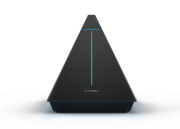
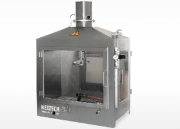
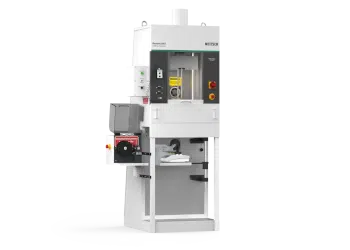
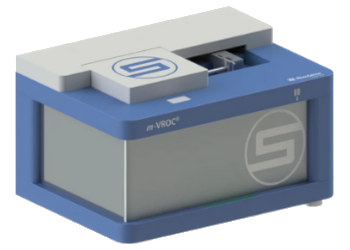
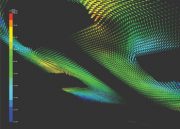

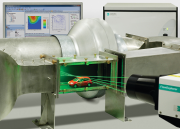
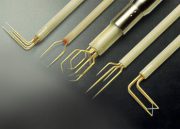
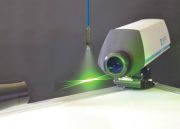
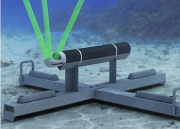
![[:de]kategorie_stroemung_staudruck[:en]kategorie_stroemung_staudruck2[:] [:de]kategorie_stroemung_staudruck[:en]kategorie_stroemung_staudruck2[:]](https://www.prager-elektronik.at/wp-content/uploads/2018/01/kategorie_stroemung_staudruck2-180x129.png)
